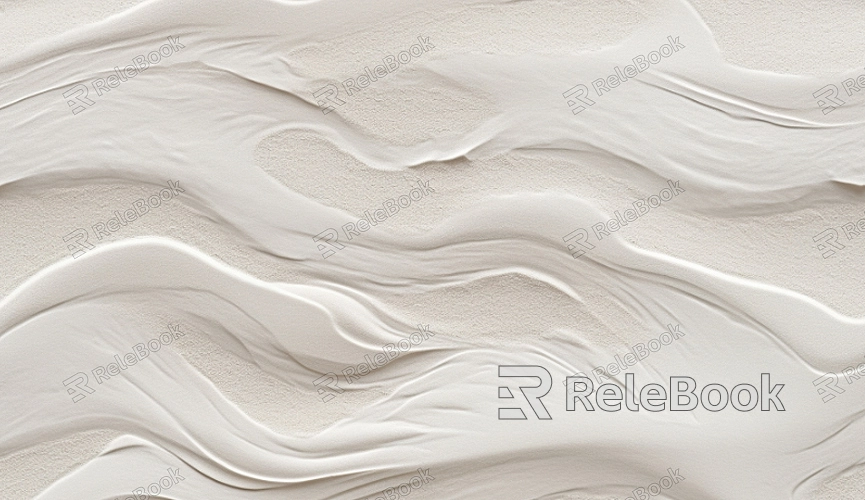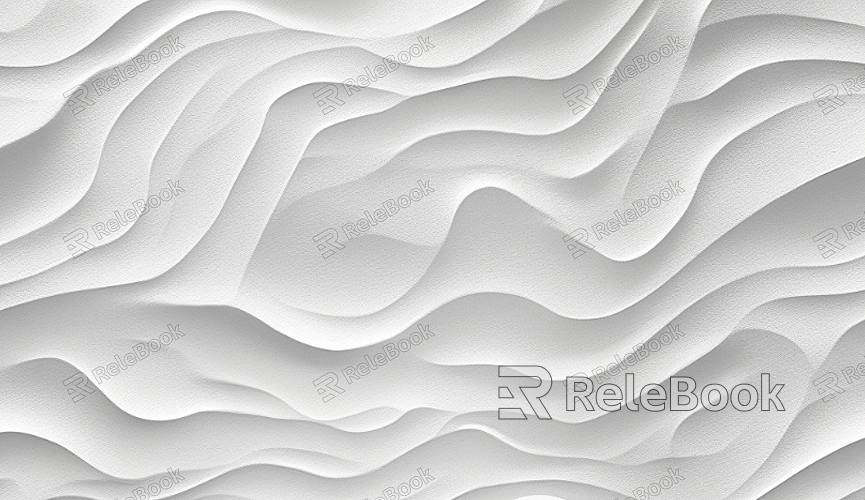What Are the Differences Between Mesh and Texture Mapping?

Understanding Mesh Mapping
Mesh mapping generally refers to the geometric information applied to the surface of a 3D model. It defines the shape and structure of the model. A mesh is composed of vertices, edges, and faces, with each vertex having position coordinates. The primary purpose of mesh mapping is to define the geometric features of a model.
Mesh mapping can be high-polygon or low-polygon. High-polygon meshes contain more detail, making them suitable for close-up shots, while low-polygon meshes are used in real-time rendering, such as in games, to ensure smooth performance.
Understanding Texture Mapping
Texture mapping, on the other hand, is a technique used to add visual detail to the surface of a 3D model. It typically exists as image files, enhancing the visual effect by applying these images to the model's surface. Texture mapping can mimic various surface materials, such as wood, stone, and metal.
There are many types of texture mapping, including color maps, normal maps, and reflection maps. Each type serves to provide different visual effects, enriching the overall appearance.

Differences Between Mesh Mapping and Texture Mapping
Although mesh mapping and texture mapping are often used together, their functions and characteristics are quite distinct.
1. Functional Differences
Mesh mapping primarily defines the shape and structure of a 3D model, while texture mapping focuses on enhancing visual effects to make the model appear more realistic and detailed.
2. Application Areas
Mesh mapping is typically used in situations requiring high detail and precise shapes, such as in movie effects and high-end animation production. Texture mapping, however, is more commonly found in game development and real-time rendering, as it effectively reduces rendering load while enhancing visual quality.
3. Data Types
Mesh mapping contains geometric data, including vertex coordinates and normals. In contrast, texture mapping consists of image data, usually stored in bitmap or other image formats. The texture data is applied to the mesh surface, influencing lighting and color.
4. Performance Impact
Using complex mesh mapping can increase rendering time, especially in real-time applications. Texture mapping is relatively lightweight, improving rendering efficiency.
5. Interactivity
In some interactive environments, texture mapping can change dynamically, such as a character's clothing or weapon in a game. Mesh mapping is typically static; once created, the shape does not change.
Examples of Mesh Mapping and Texture Mapping
1. Examples of Mesh Mapping
In the movie "Avatar," the characters and scenes feature meticulously crafted mesh mapping showcasing extreme detail and realism. Every character's facial expression and body structure are vividly portrayed through mesh mapping.
2. Examples of Texture Mapping
In the game "Red Dead Redemption," texture mapping provides rich visual effects for the expansive wilderness. The grass, rocks, and characters' clothing are all enhanced through texture mapping, showcasing different textures and details.
The Combined Use of Mesh Mapping and Texture Mapping
In practical applications, mesh mapping and texture mapping are often used together. Mesh mapping provides the foundational structure of the model, while texture mapping adds surface detail. This combination allows 3D models to achieve both shape accuracy and rich visual effects.
Designers typically start by building the mesh and then apply appropriate textures. This method ensures that the model can achieve the desired visual effect, making it both appealing and functional.
How to Choose the Right Mapping Technique
Choosing between mesh mapping and texture mapping should be based on project requirements, performance needs, and visual quality. For real-time rendering games, it is common to select low-polygon meshes with high-quality textures. In film production, high-polygon meshes may be preferred, accompanied by detailed texture mapping.
When selecting, it's also important to consider the final output device. For mobile devices, more optimized models and textures are needed to ensure a smooth user experience. High-end computers can handle more complex meshes and textures.
Mesh mapping defines the shape of a model, while texture mapping enriches its visual effect. The combination of both techniques allows for the creation of more vibrant and realistic 3D models. When working on your next project, consider utilizing these two technologies to make your work stand out. If you need high-quality 3D models and textures, visit Relebook to download them and enhance your creative projects.
FAQ
Which is more important, mesh mapping or texture mapping?
Both have their significance; mesh mapping defines the shape, while texture mapping enhances visual effects. They typically need to be used in conjunction.
Can I use just one type of mapping?
In some cases, you can use only one type, but this may affect the overall effect and expressiveness of the model.
How can I improve the quality of texture mapping?
Using high-resolution images and appropriate rendering settings can significantly enhance the quality of texture mapping.
What is the process for creating mesh mapping and texture mapping?
Creating mesh mapping involves modeling software, while texture mapping requires image editing software. Both can be completed independently in different software and then combined in the rendering engine.

